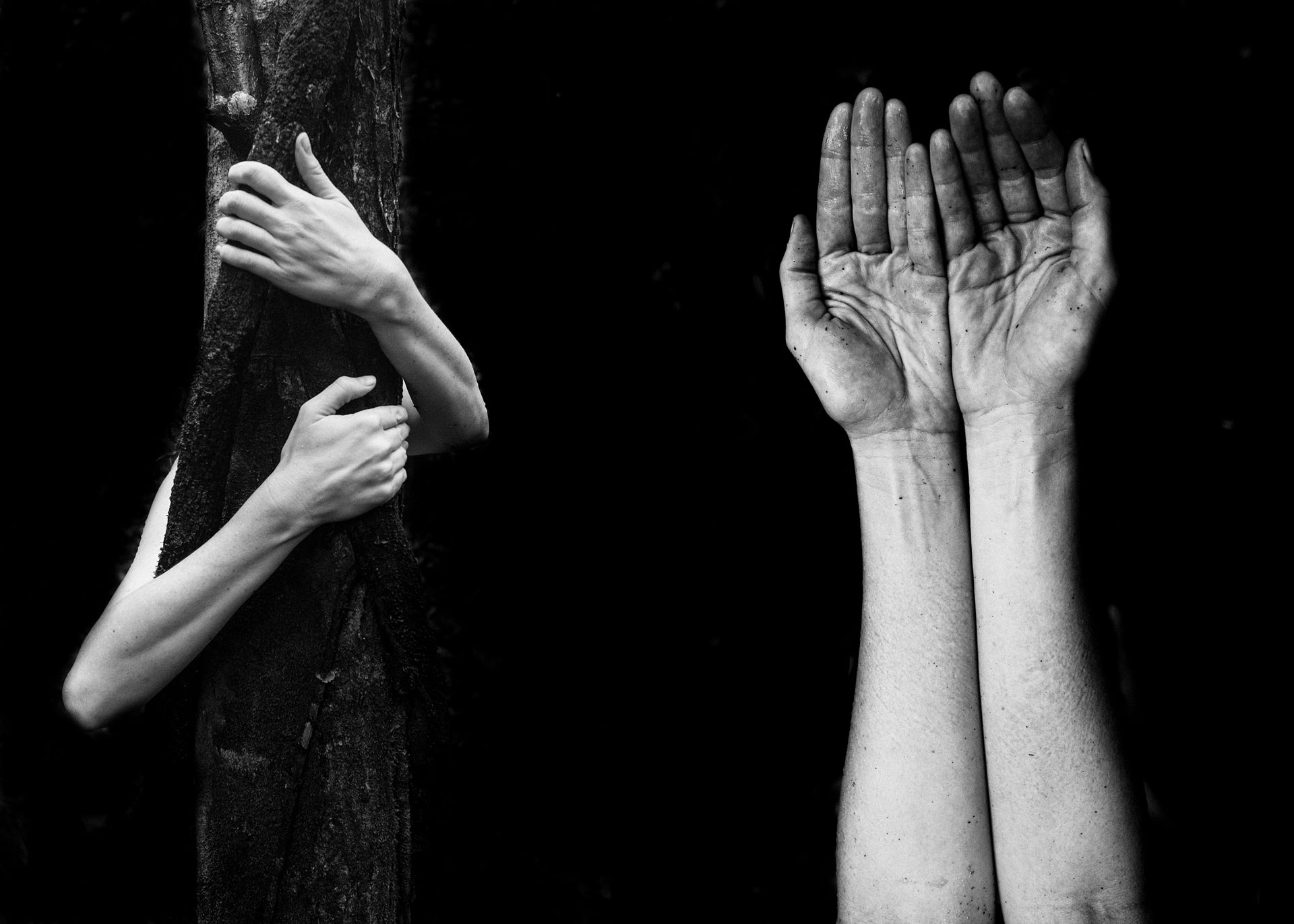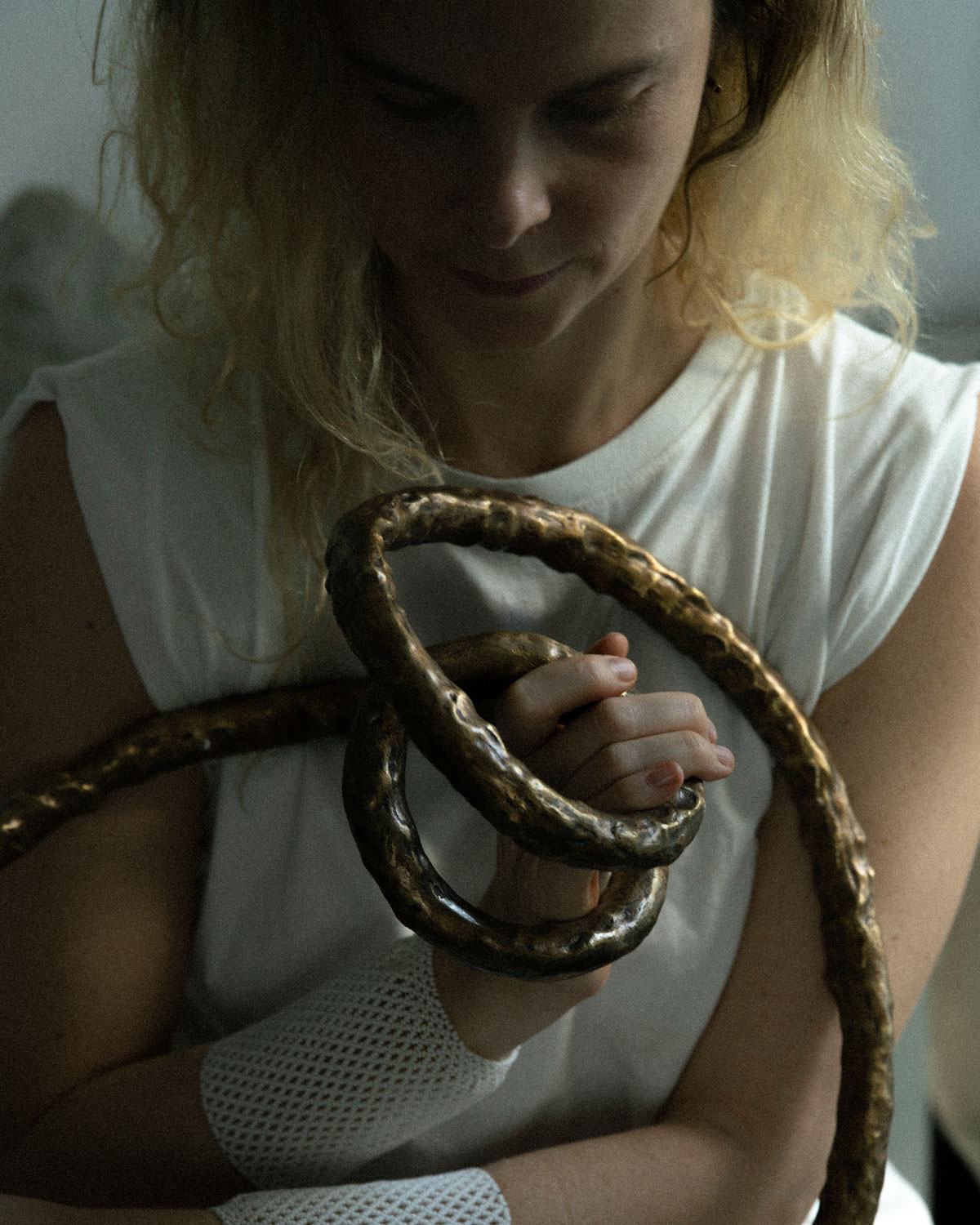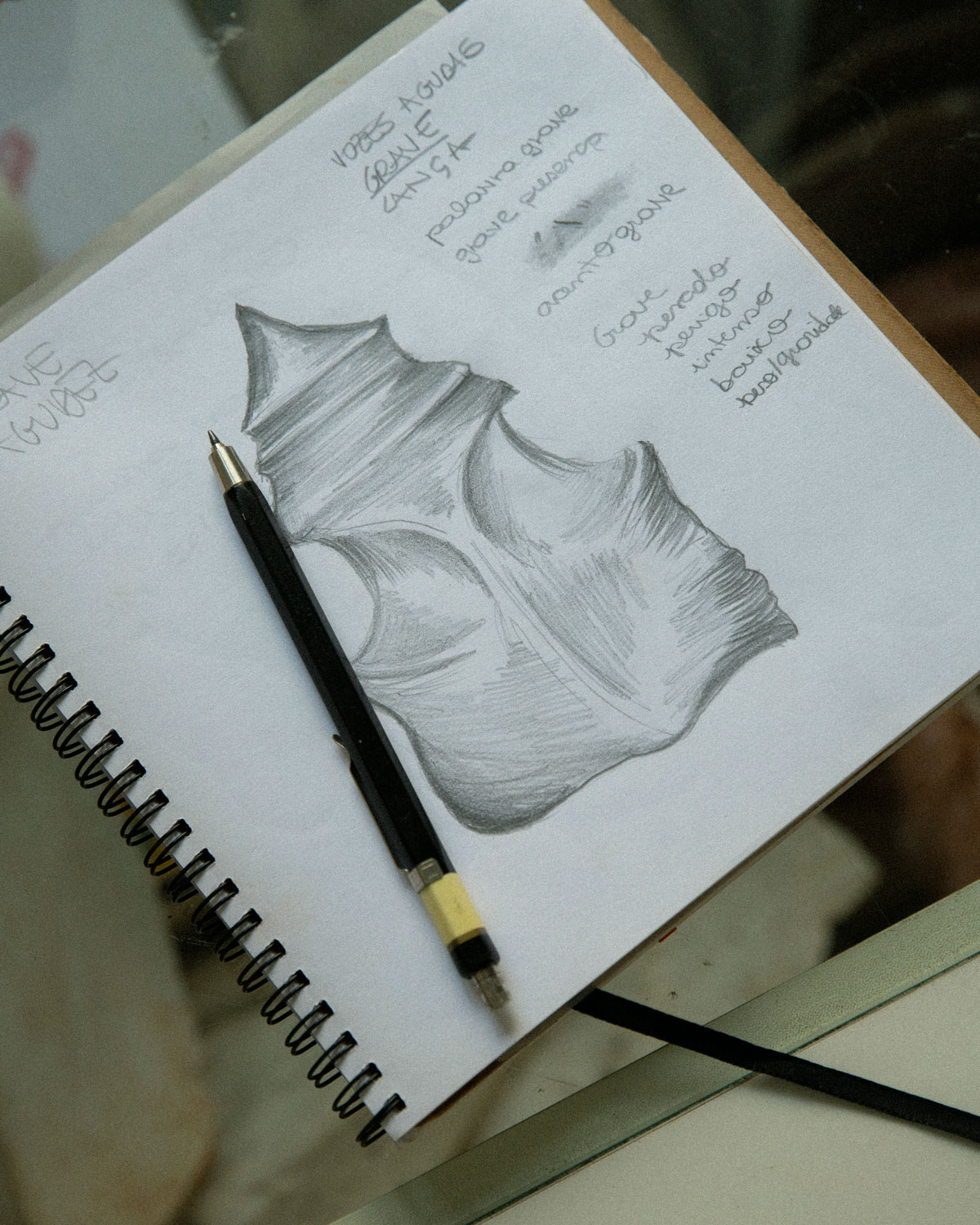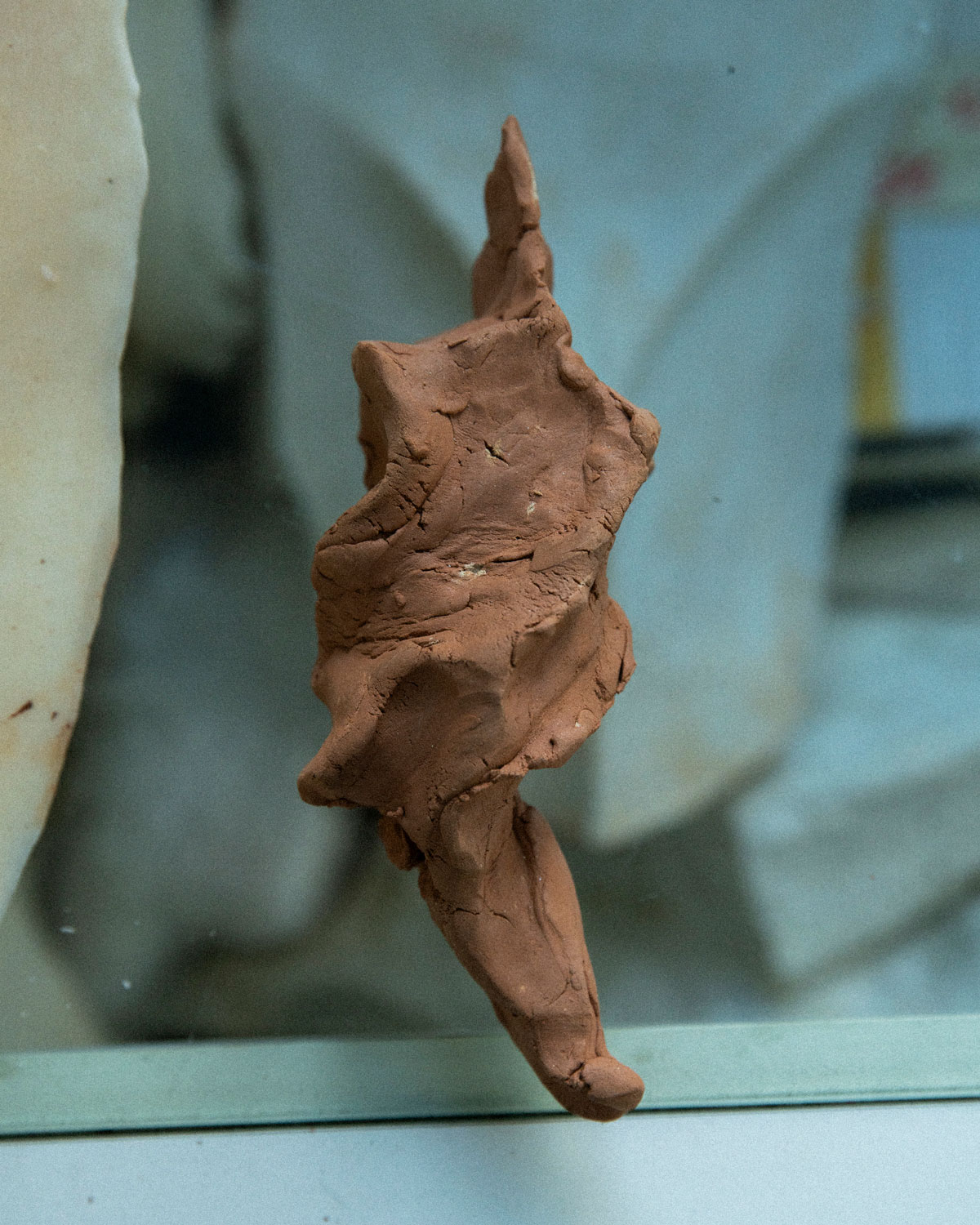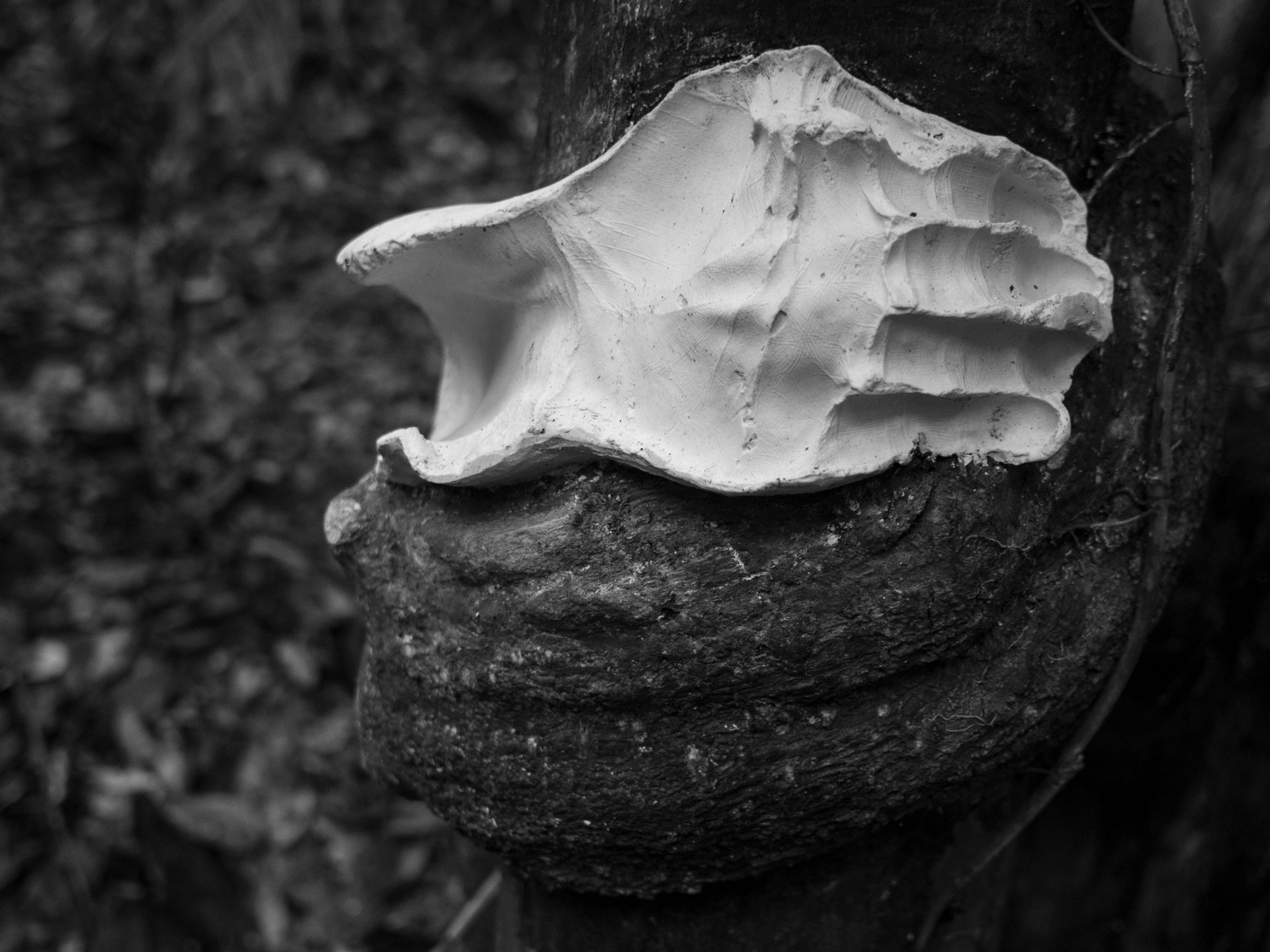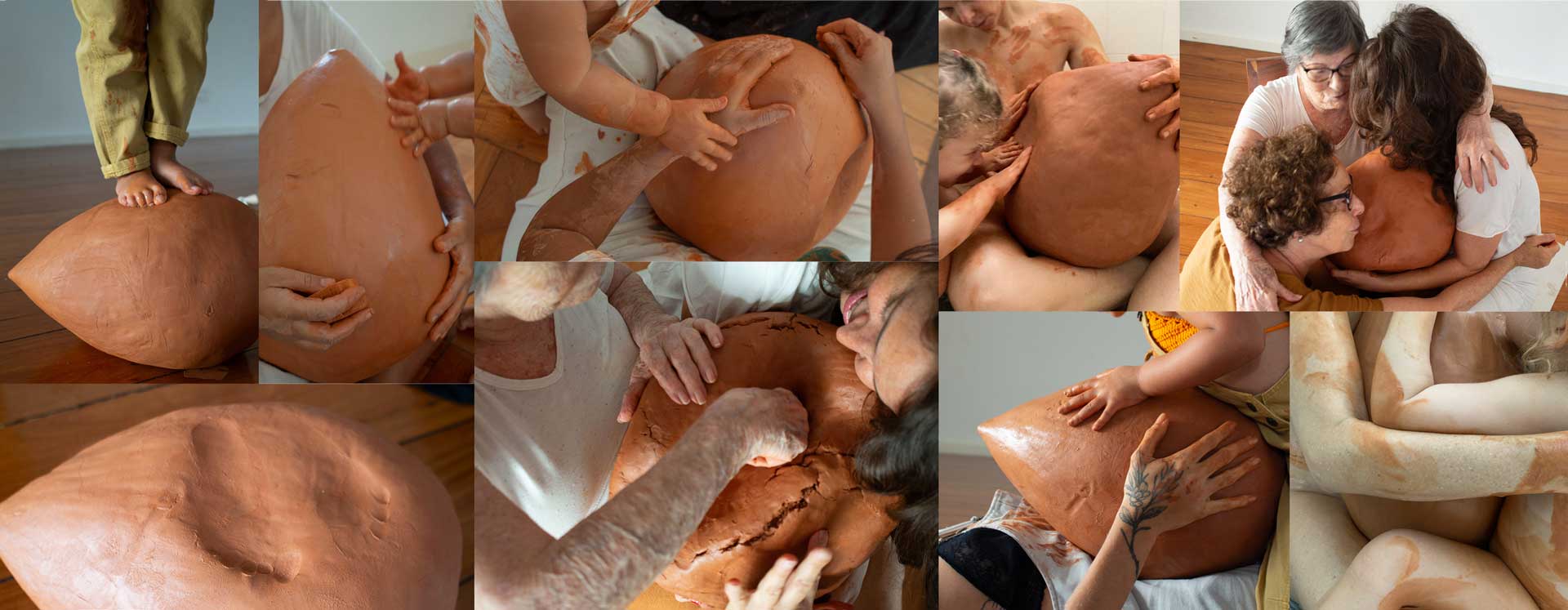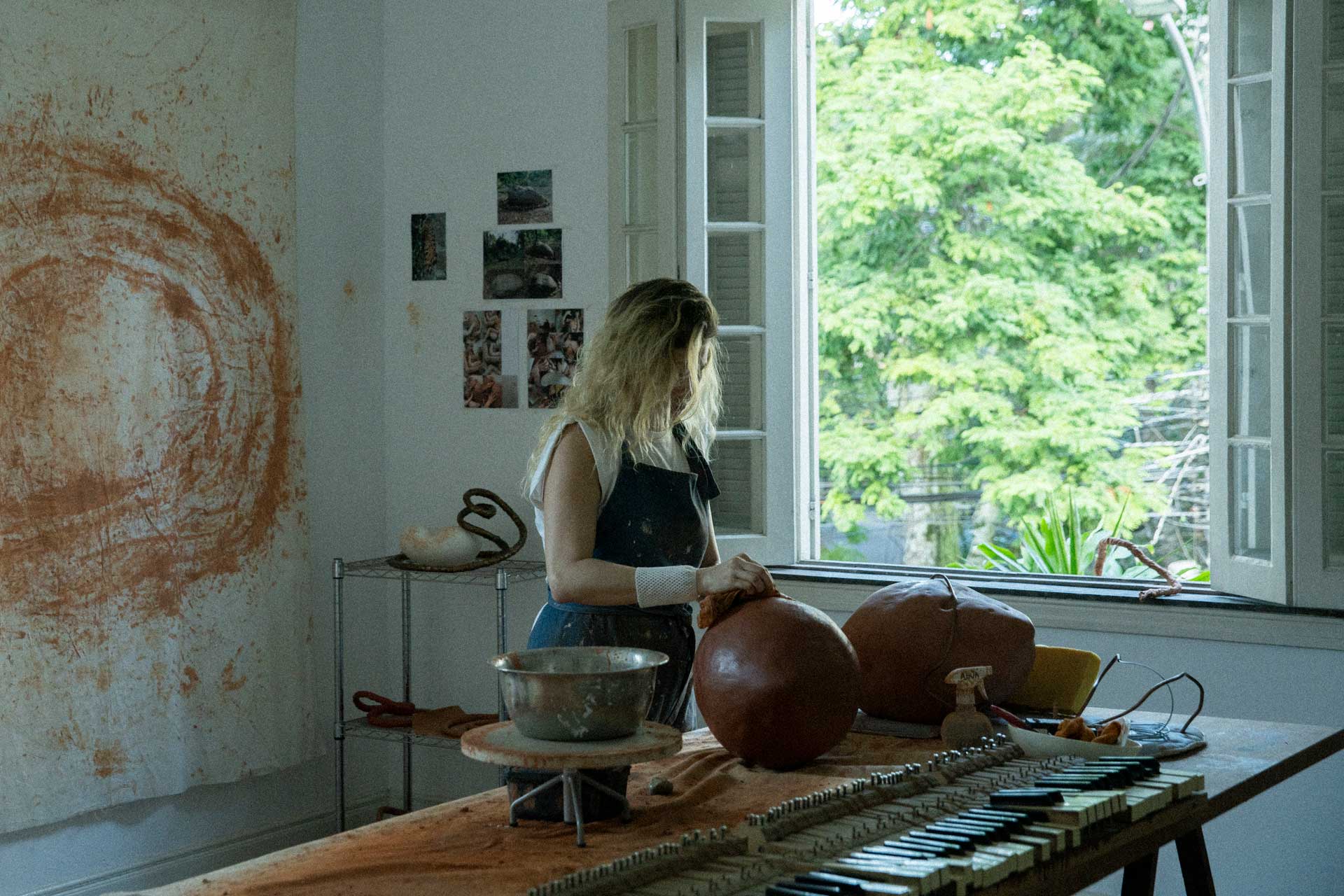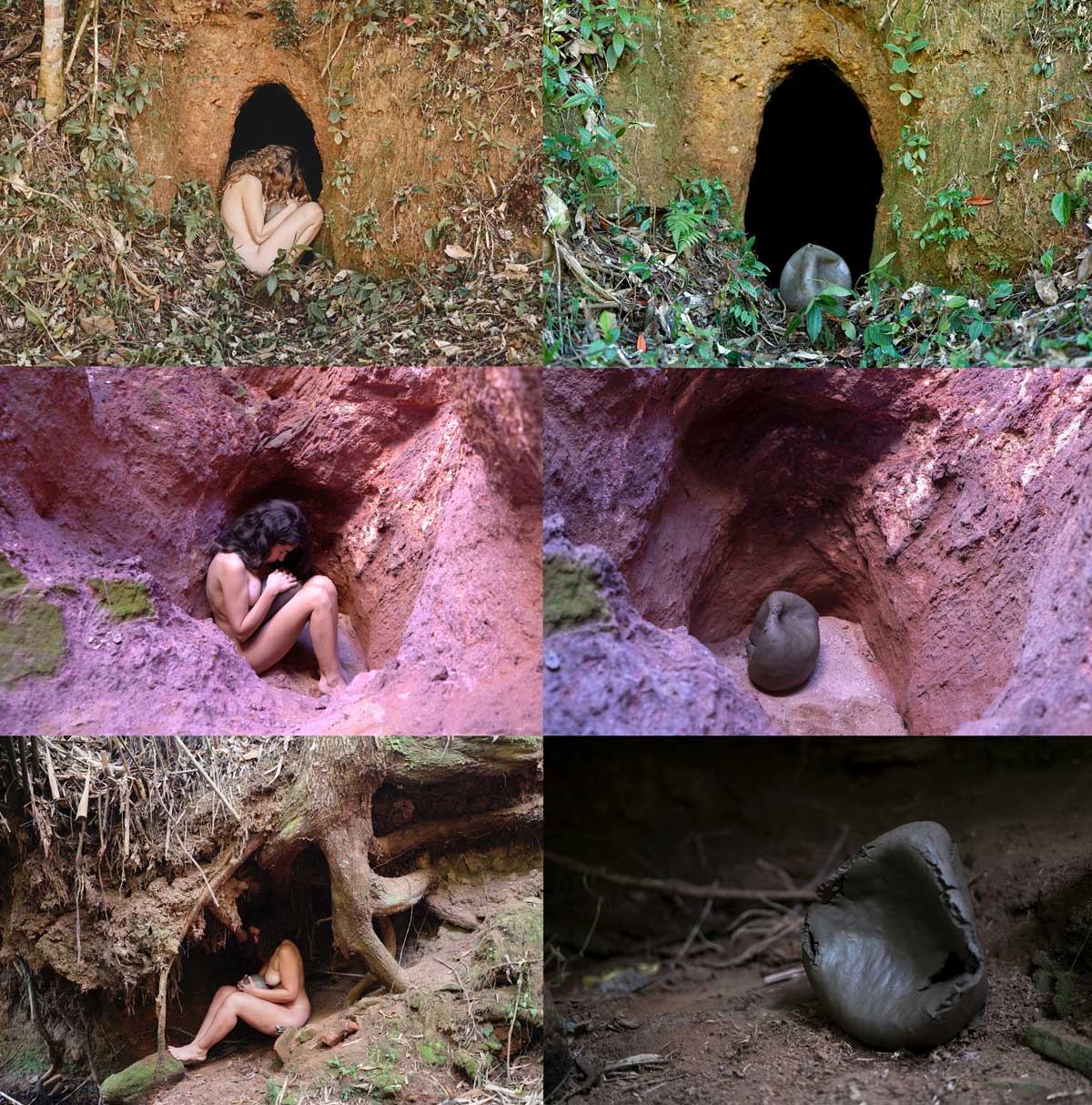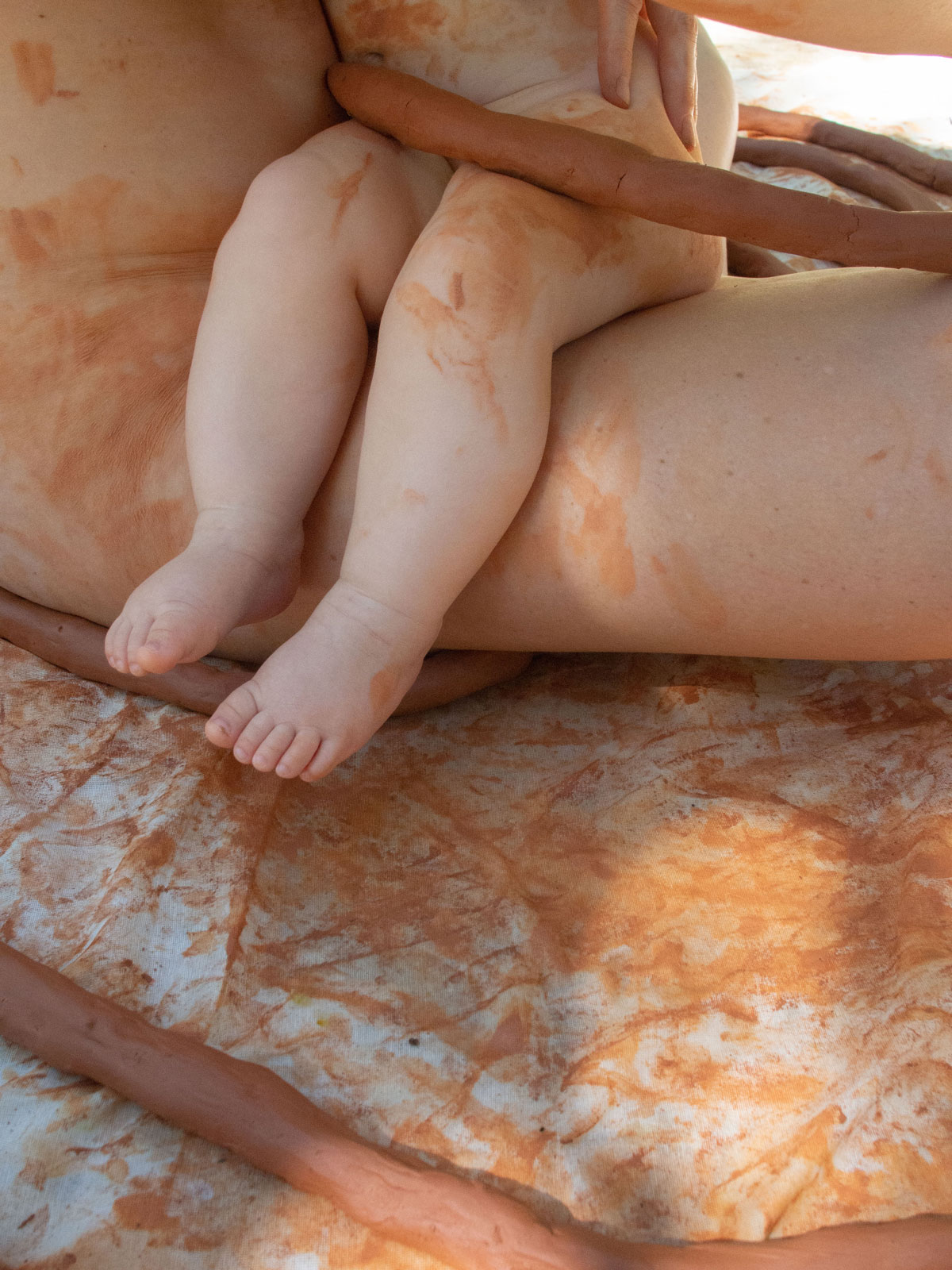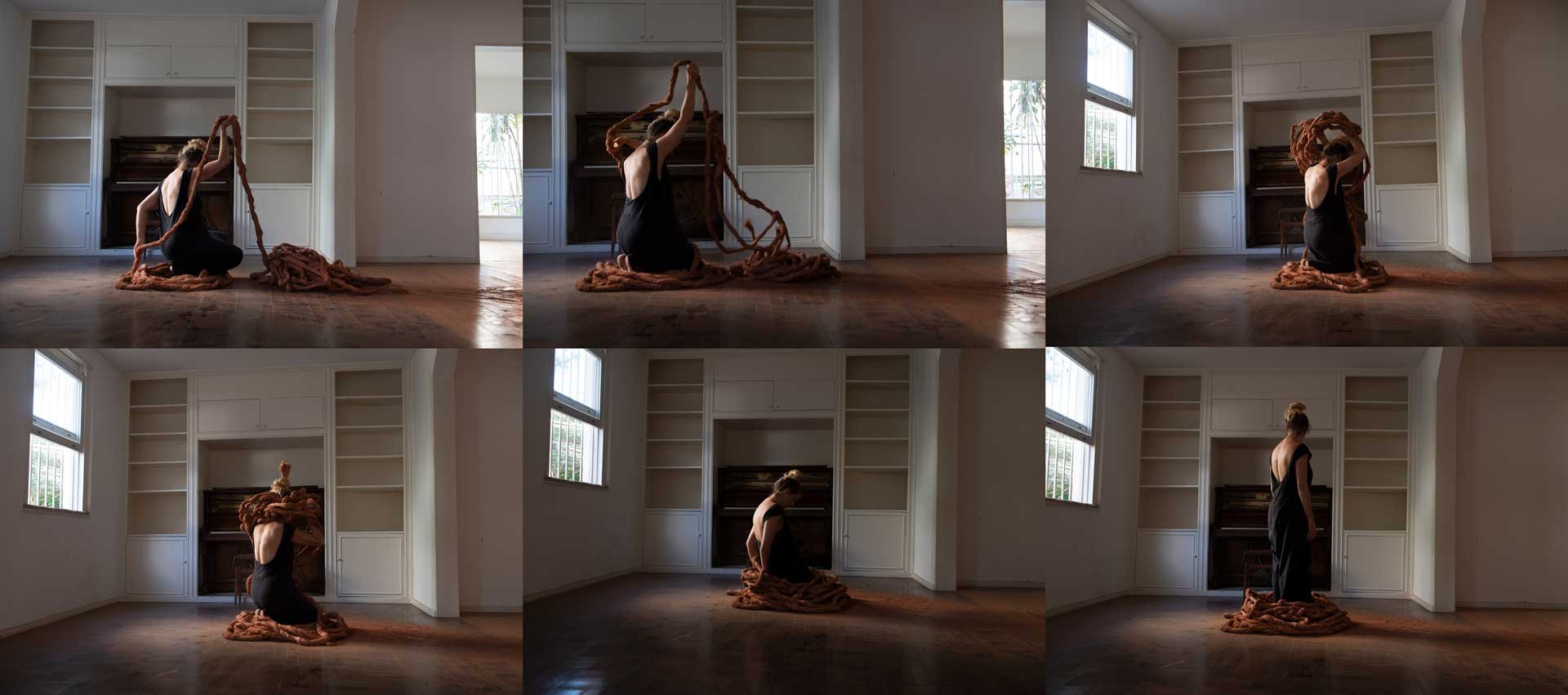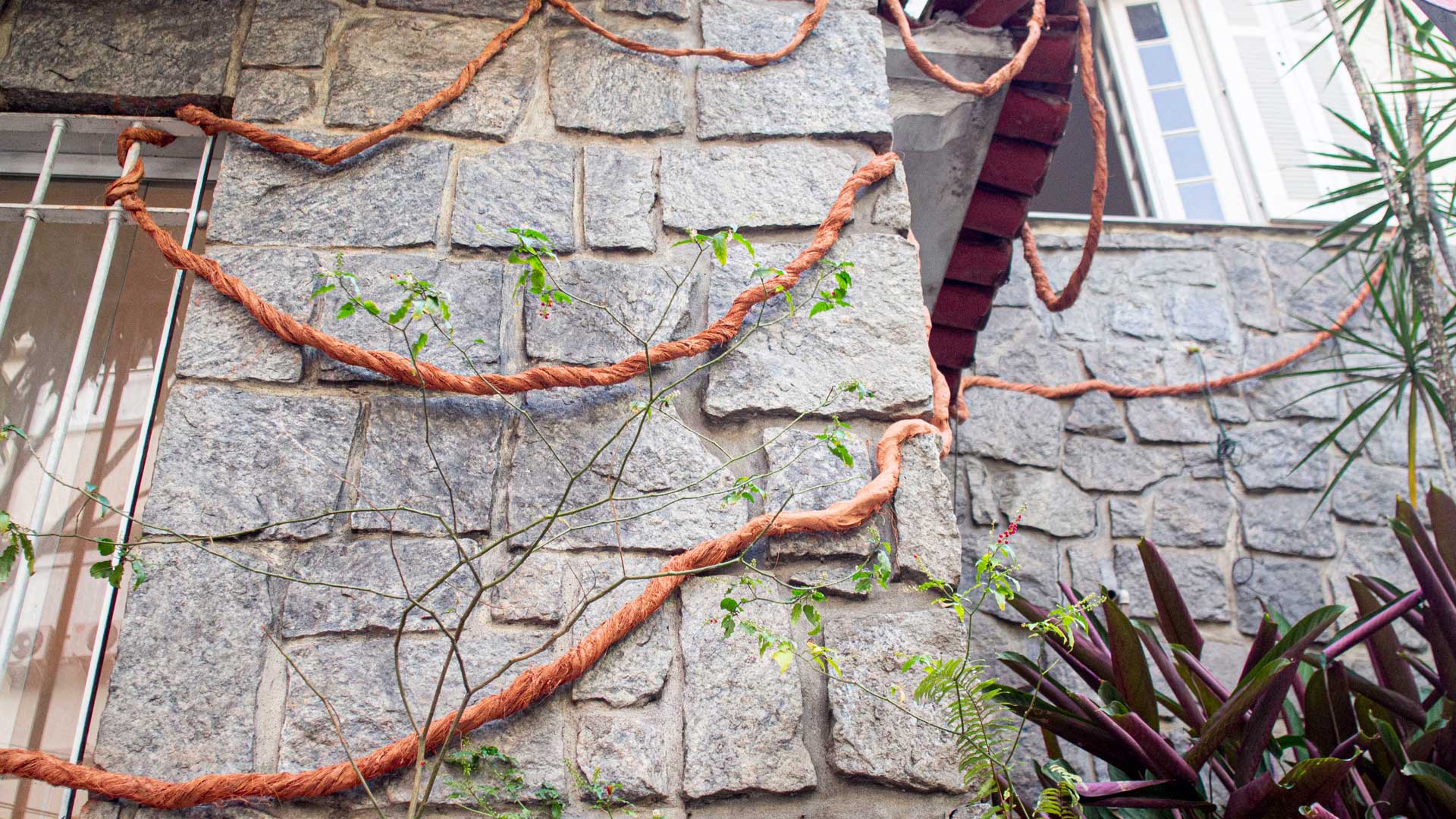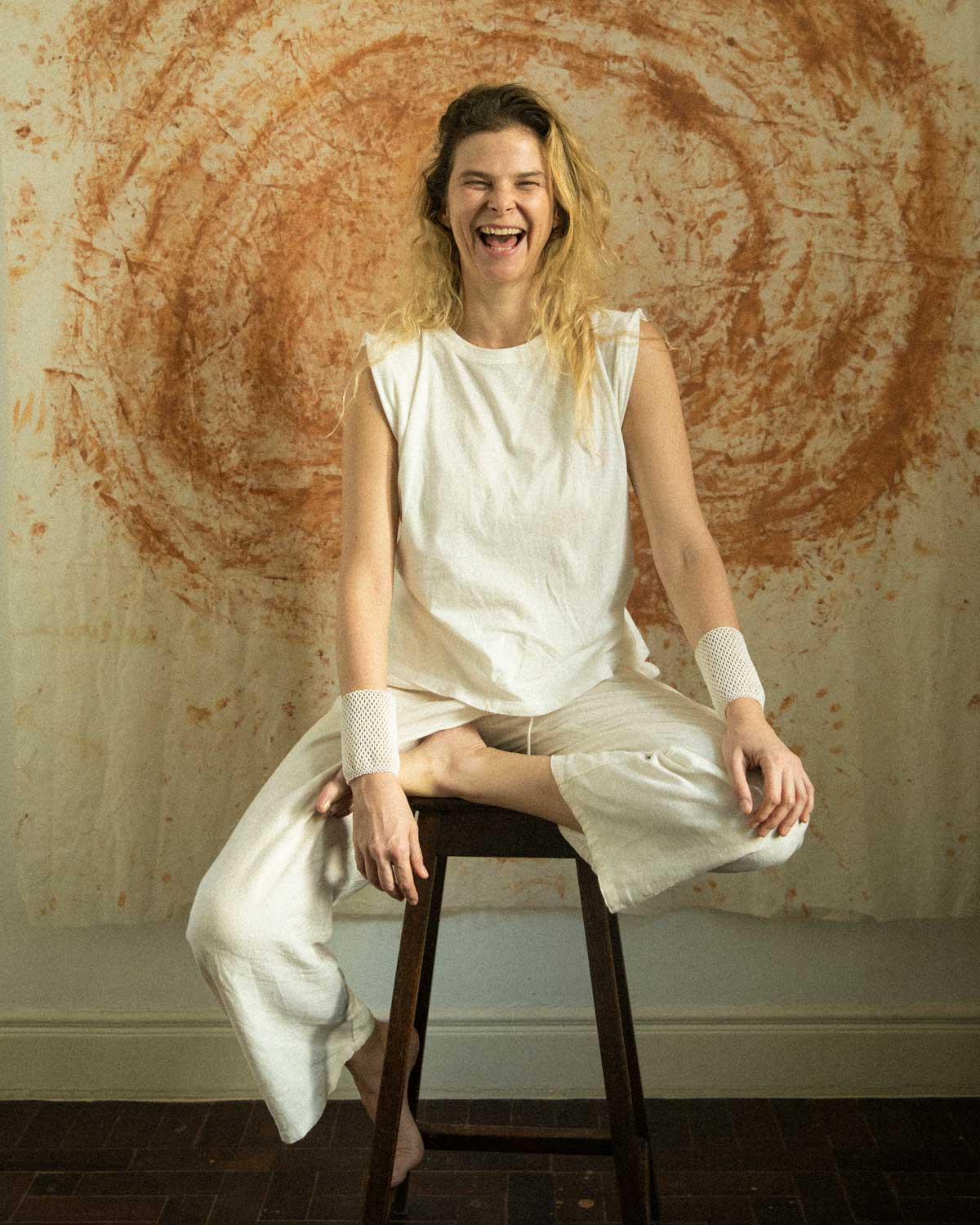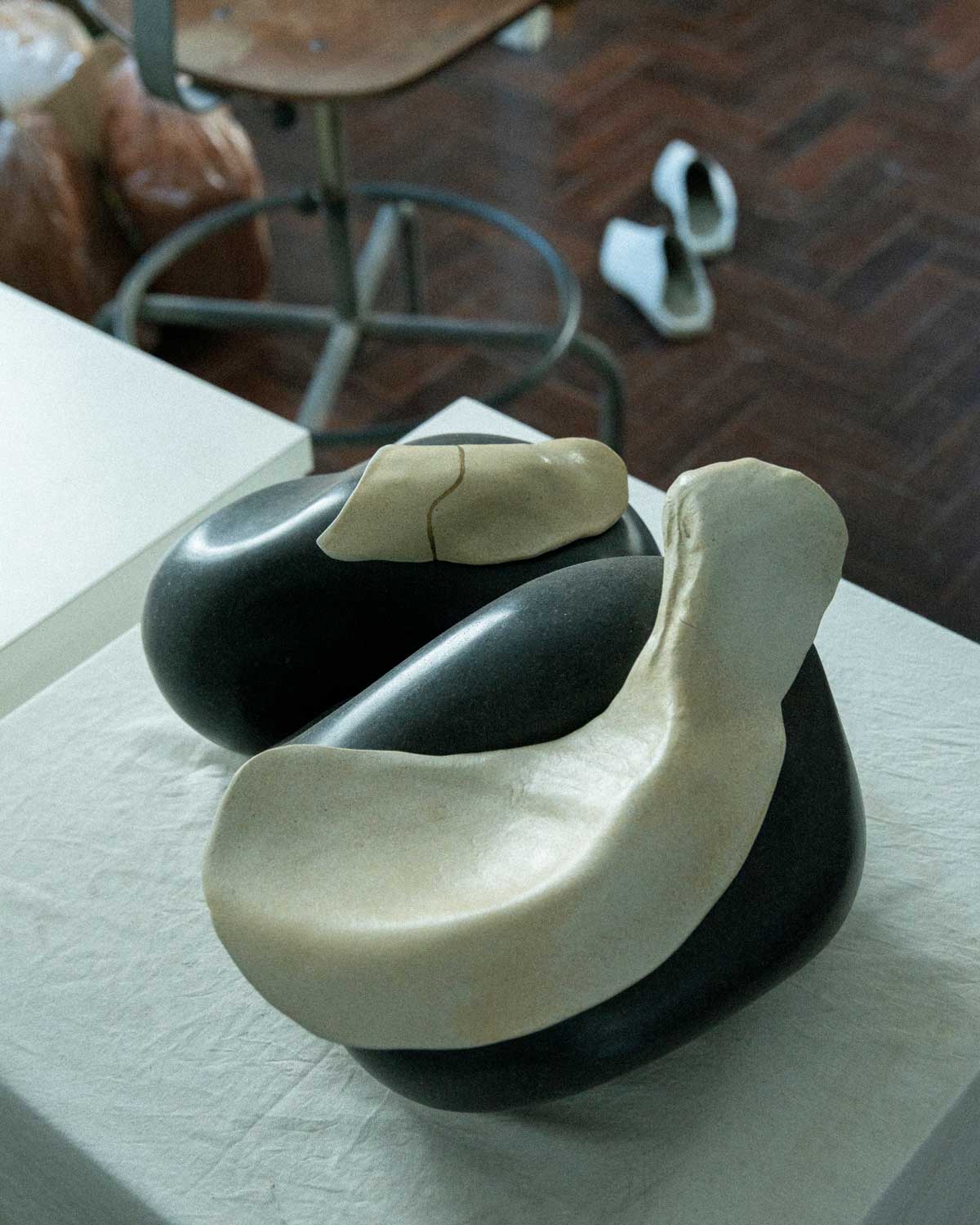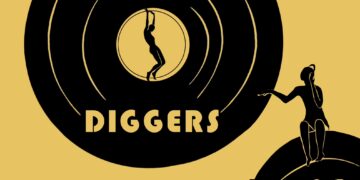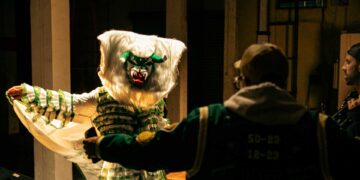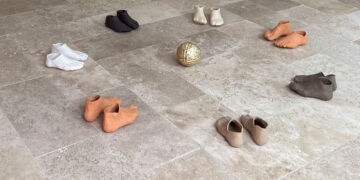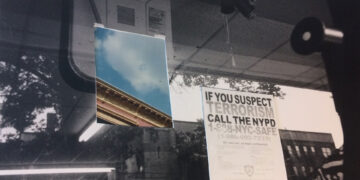Photo: Paul Cupido
I perceive and engage with the world through the direct and indirect contact between my body and its surroundings. I am drawn to a wide range of materials—both traditional and unconventional. My art is born from gesture, from the gestation of forms that emerge through the body.
Surfaces of living interaction.
Living surfaces of interaction.
Photo: Leandro Viana
I discard the pedestal, the monument, or any grandiose notion of sculpture. My search is to eternalize traces, to inscribe the lightness of touch. A sensory map meant to be read by hand: an intimate cartography of embodied knowledge.
It is an exploration of secret forms that dwell in the in-between, often unseen—hidden in folds of flesh. A childlike impulse of curiosity guides the hands toward immediate contact, without a predetermined destination. An open invitation to experience; a rupture in logic that makes space for free play.
Photos: Leandro Viana & Liana Nigri (B&W)
The imprint of a presence, rendered in diverse materials, sometimes becomes a ritualistic act, at other times a processual one—but never in vain. In my recent work, even the very act of capturing form becomes the artwork itself.
formATION: the act of forming.
Photo: Liana Nigri
Photo: Leandro Viana
In my practice, art arises from a desire for encounter—an alliance between body and matter. A gesture—often unconscious—takes shape and gains volume, becoming a material record of bodily expression. Sculpture, then, is understood as an exchange between bodies: artist and material, both regarded as body-matter.
To be the material, and to perceive the material as a being.
Transformed into a verb, sculpture becomes the act of shaping touch. In this new grammar, gesture takes center stage—remaining embedded in the final form. The resulting object reveals the movement of bodies through its topography, texture, marks, and fissures. The sculpture is a consequence, not a goal. What I seek is the act of molding—a gesture of intimacy with matter. A dance between bodies that merge and are transformed through their relation.
Materials in relation, not in subordination.
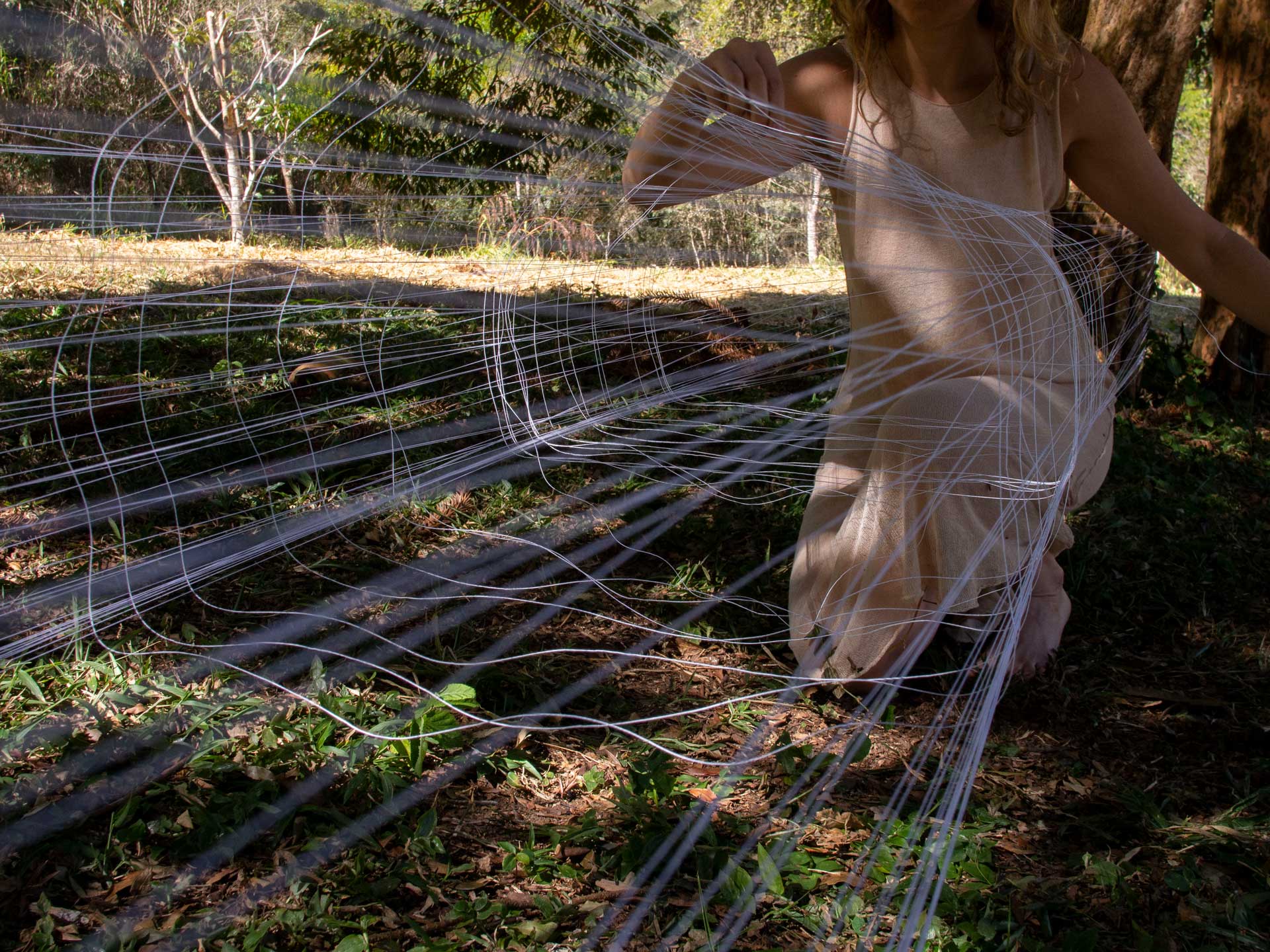
Photo: Hilnando Mendes
In 2015, I undertook my first artist residency, SVA – BioArt: From the Laboratory to the Studio in New York—a pivotal starting point in my artistic journey. There, I began working with organic matter, experimenting with a living culture of bacteria, yeast, and harmless microorganisms known as biofilm (SCOBY). This ancient cellular material, traditionally used in the fermentation of kombucha, became central to my series Lasting Leaves and Lasting Lives. In these works, I explored the biofilm’s capacity to hold tactile and visual memory—capturing textures and forms from living surfaces, transforming it into a second skin inscribed with traces of history, experience, and trauma.
Since then, I’ve participated in several residency programs, seeking time and space for focused inquiry—moments that often marked the genesis of new bodies of work. In 2016, I returned to my hometown of Rio de Janeiro for a residency at Despina, followed in later years by periods in the mountains of Romania, deep within the Amazon rainforest, and in an ecovillage in Minas Gerais.
Then came 2020, the ambiguous pandemic year—a year that felt suspended in time, yet overwhelmingly tangible in its many losses. It was also the beginning of my master’s research in Contemporary Art, a process made even more layered by the parallel experience of pregnancy.
Photo: Mariel Fabris
These were years of profound isolation where the only possible immersion was in an expanding body-home—then a living, dependent home-body. Days stretched endlessly while nights offered no rest. Tasks spiraled without clear beginning or end. The maintenance of life became the most undeniable reality of all things. Time itself had to be invented—woven between days, nights, and early mornings— as I searched for focus amid constant interruption. Productivity was redefined as maintenance. There was no separation between living and making: life-art.
Photo: Hilnando Mendes
Six months into my experience of motherhood, I slowly began returning to tactile experimentation. This marked the beginning of Eternal Return, a series still in progress. In its first act, I created a binding clay thread that encircled my body. Starting close, it gradually unraveled outward—tracing the silhouette while suggesting a boundless, ever-expanding perimeter. This body—once one, then two, now an undefined multiplicity—was beginning to search for, and perhaps shape, a new center.”
As my daughter’s months turned into years, I walked beside her first steps. I broke through the domestic membrane and—with the thrill of a teenager—returned to having a studio outside the home. A space of my own—a room of one’s own, to borrow Virginia Woolf’s words. A space reclaimed. But what about time? Time remained compressed and measured, unyielding—refusing elasticity. I began to understand motherhood not just as circumstance, but as both material and language—something I could not and would not abandon. I had to move with it and reinvent myself off-axis.
Photo: Carol Cheadiak
Upon entering the collective space where my new studio now resides—the Casa de Pedra—a second act in this series took shape: a 30-meter-long cord made of fiber and clay weaves through the room, exits through one window, wraps around exterior the walls, and re-enters through another, closing in on itself:
Eternal Return
Departure and return
From and toward a new place
In an infinite spiral movement.
Photo: Liana Nigri
The cord strains but never fully breaks. My current desire is to realize a third act: a collective web, woven by many hands, capable of spanning great distances. A communal gesture that transforms this body-home-body into a shared territory.
Photos: Leandro Viana
You can find out more about Liana Nigri at @liananigri// liananigri-art.com

